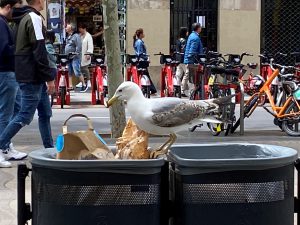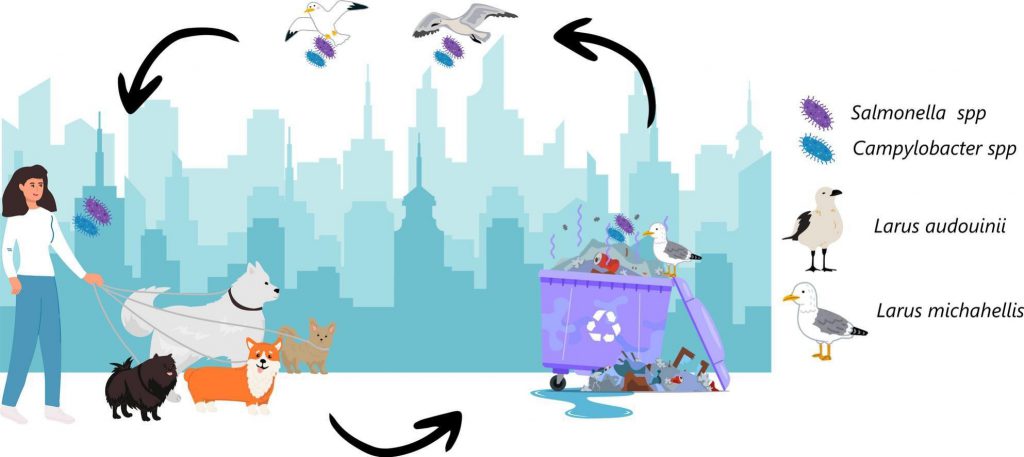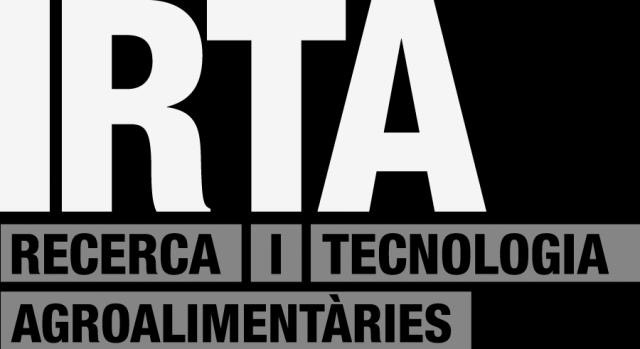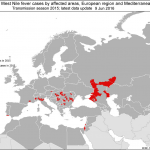Urban and peri-urban gulls in the metropolitan area of Barcelona are carriers of Campylobacter and Salmonella of public health relevance

The study of zoonotic diseases, which are those transmitted from animals to humans, requires a One Health approach. This includes investigating the role of wildlife as reservoirs and spreaders of pathogens, including the zoonotic ones. The SARS-CoV-2 pandemic has evidenced this need to the general public.
Campylobacter and Salmonella are, by far, the most important foodborne zoonotic bacteria in Europe and other industrialized countries. They cause gastroenteritis, and the primary source of infection is the consumption and improper handling of contaminated food, particularly poultry. However, in addition to food animals, wildlife can also play a significant role in the epidemiology of these pathogens. The relative importance of different animal species is often determined by their feeding habits, which influence their propensity to carry pathogenic agents. Scavengers and animals inhabiting areas with higher anthropogenic pressure (e.g., densely populated areas) are more likely carriers of pathogenic agents, including zoonotic ones. In densely populated areas, such as cities, wildlife interactions with humans can occur more easily, facilitating the transmission of these zoonotic agents.

Graphical abstract of the study
In the city of Barcelona, a significant population of yellow-legged gull (Larus michahellis) has been established for years, both in coastal areas and within the city itself. Additionally, the Audouin’s gull (Larus/Ichthyaetus audouinii) has more recently settled in the harbour area and the Llobregat Delta. Thus, there are significant populations of two gull species established in the metropolitan area of Barcelona. These species potentially exhibit different feeding habits: the yellow-legged gull has adapted to human presence, finding an easy and abundant food source in the city, including the waste generated within urban areas and surroundings. The Audouin’s gull has less scavenging habits and potentially relies more on natural resources for feeding.
To determine the role these gull species may play in the metropolitan area of Barcelona as reservoirs of the aforementioned bacterial zoonotic agents and their potential public health risks, faecal samples were collected from 98 Audouin’s gulls and 331 yellow-legged gulls between 2009 and 2018. We analysed these samples to assess the prevalence of Campylobacter and Salmonella, and to determine the genetic diversity of the isolates obtained, as well as their antibiotic susceptibility and virulence potential.
Campylobacter was detected in 45% of Audouin’s gulls and 13% of yellow-legged gulls. Regarding Salmonella, the prevalence was 20% and 7%, respectively. All individuals except one carried C. jejuni, which is the Campylobacter species most frequently isolated in cases of human campylobacteriosis; the remaining individual carried C. lari, which is less relevant as causal agent of campylobacteriosis. Regarding Salmonella, all positive individuals carried Salmonella enterica subsp. enterica, with the serovar Typhimurium (including the monophasic variant) being the most frequent. This is one of the main serovars responsible for salmonellosis in humans, and the monophasic variant is also associated with pork meat in Europe. Other serovars frequently associated with human salmonellosis cases (ser. Infantis, London, Virchow) were found only in yellow-legged gulls.
The genetic characteristics of various C. jejuni strains showed that yellow-legged gull, and not Audouin’s gull, act as carriers of strains associated with human enteritis. Additionally, C. jejuni strains from both gull species revealed a high virulence potential, unlike Salmonella strains, which showed a lower prevalence of virulence-associated genes, especially in Audouin’s gull. As for the prevalence of antibiotic-resistant strains, moderate to high frequencies (including multidrug-resistant strains) were detected in both zoonotic agents in both gull species. However, Campylobacter and Salmonella isolates from yellow-legged gull showed a higher frequency of resistance to antibiotics of clinical relevance in humans.
The results of this study highlight that both gull species act as reservoirs for the two main zoonotic agents responsible for human gastroenteritis, including antibiotic-resistant strains, in the metropolitan area of Barcelona. Particularly, the yellow-legged may pose a potential public health risk, given their abundance, higher presence in urban areas, and greater carriage of antibiotic-resistant strains of clinical relevance in humans. Both species have the potential to spread these pathogens and their antibiotic-resistant strains within their densely populated areas of influence. Surveillance measures and control strategies need to be implemented to mitigate this risk, using a One Health approach that considers the interaction between humans, animals, and the environment.
This study was conducted in collaboration with the Barcelona Public Health Agency and was recently published in the scientific journal Science of the Total Environment: Manzanares-Pedrosa A, Ayats T, Antilles N, Sabaté S, Planell R, González R, Montalvo T, Cerdà-Cuéllar M. 2025. Urban yellow-legged gull (Larus michahellis) and peri-urban Audouin’s gull (Larus audouinii) as a source of Campylobacter and Salmonella of public health relevance. Sci Total Environ. 960:178227. doi.org/10.1016/j.scitotenv.2024.178227













